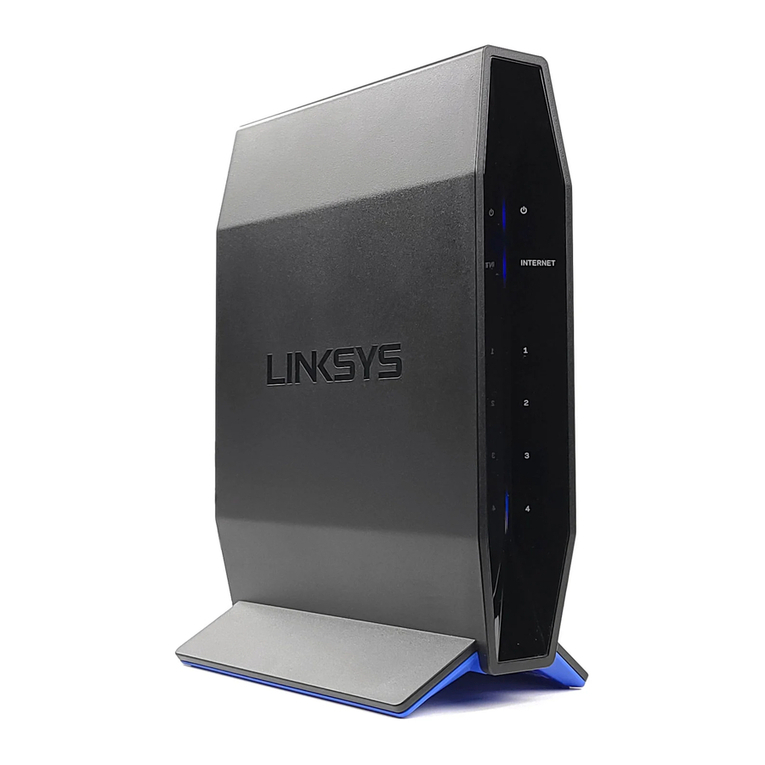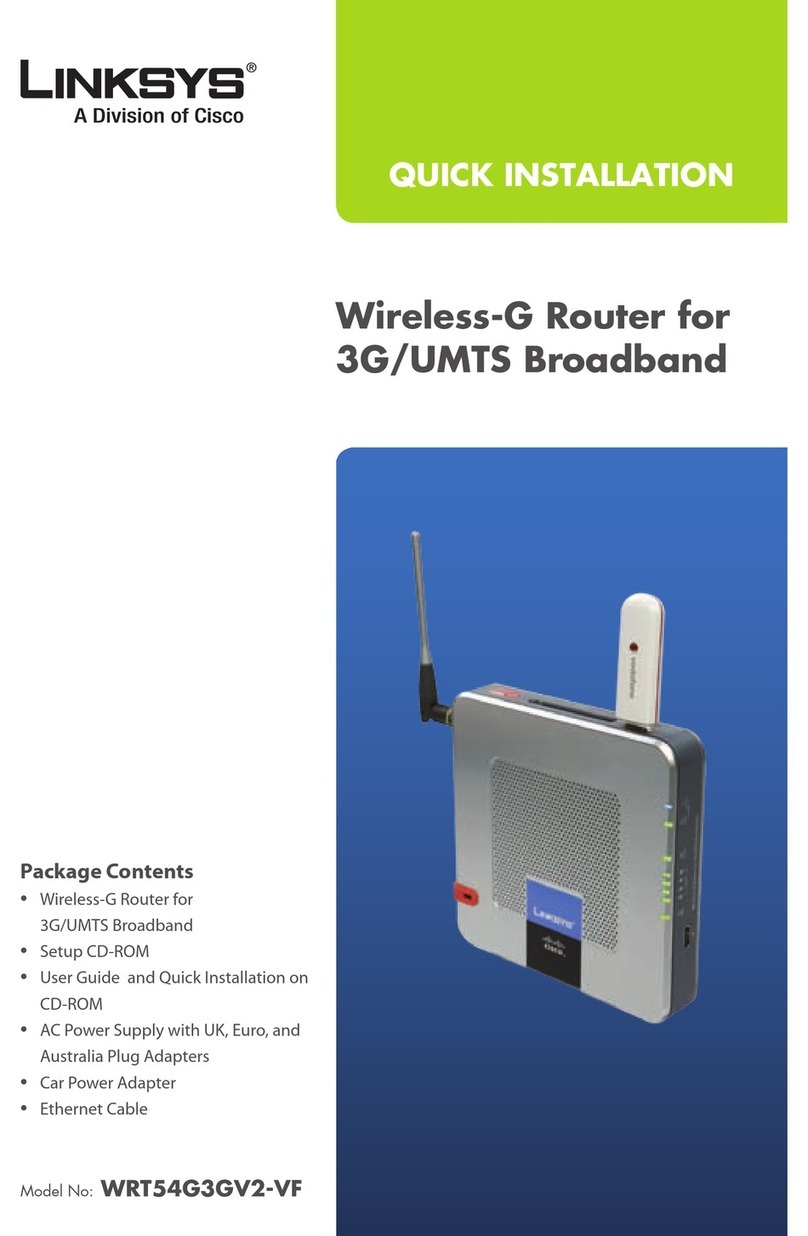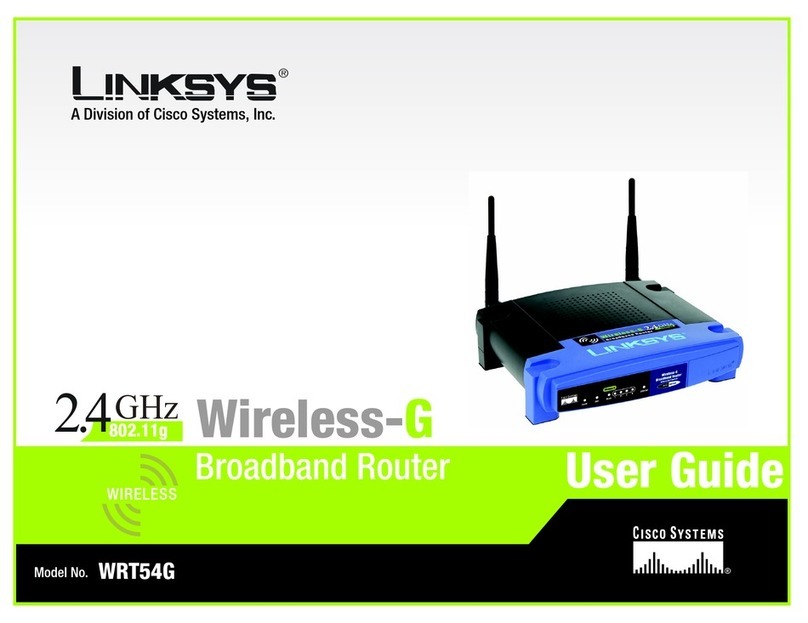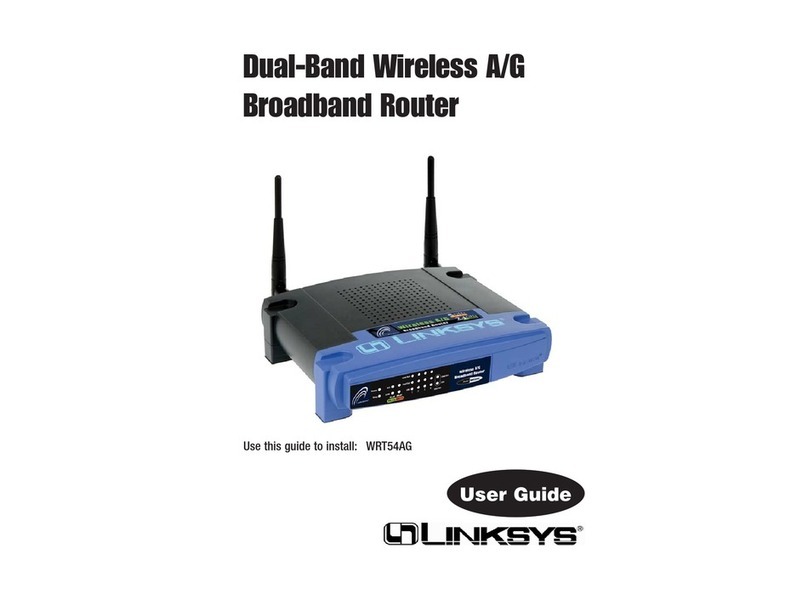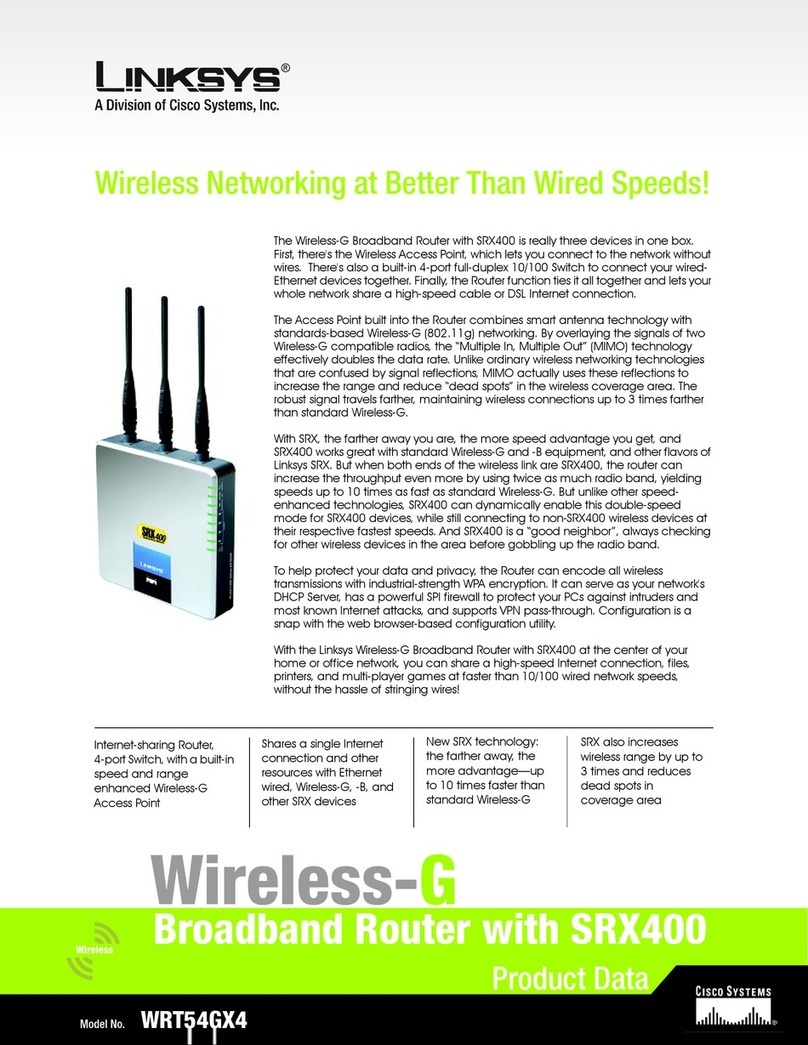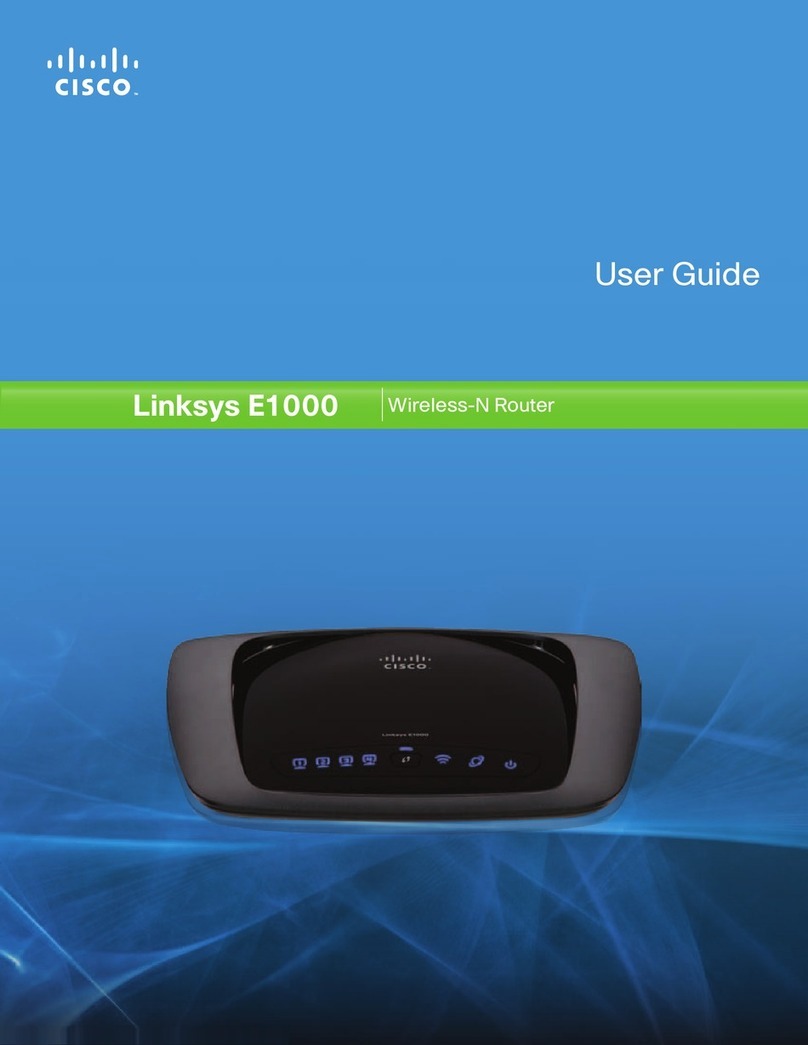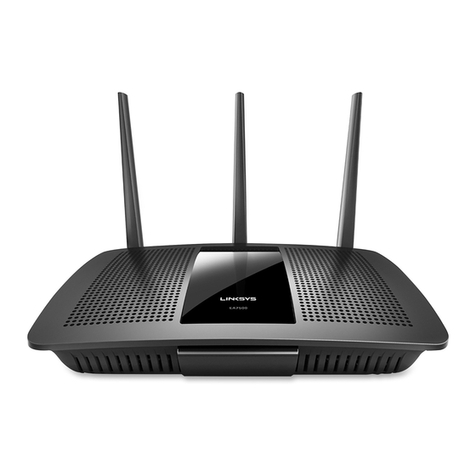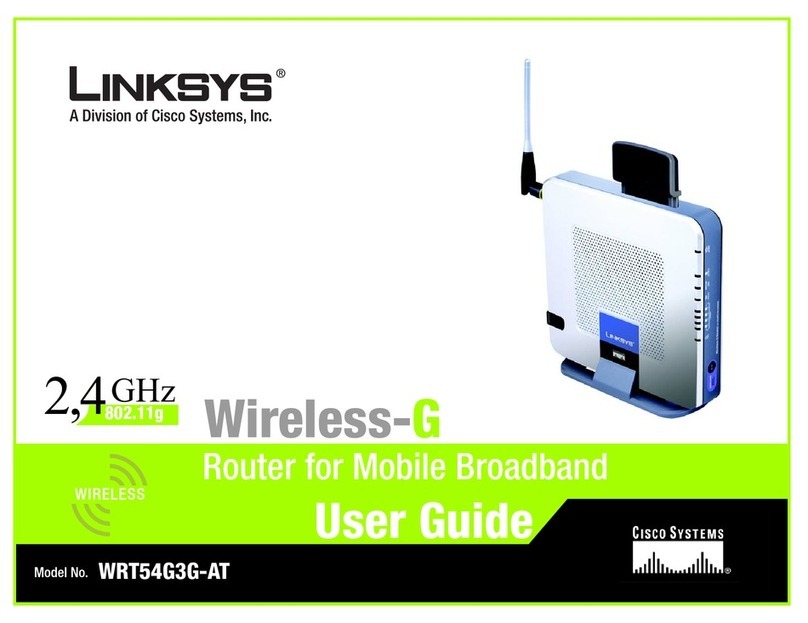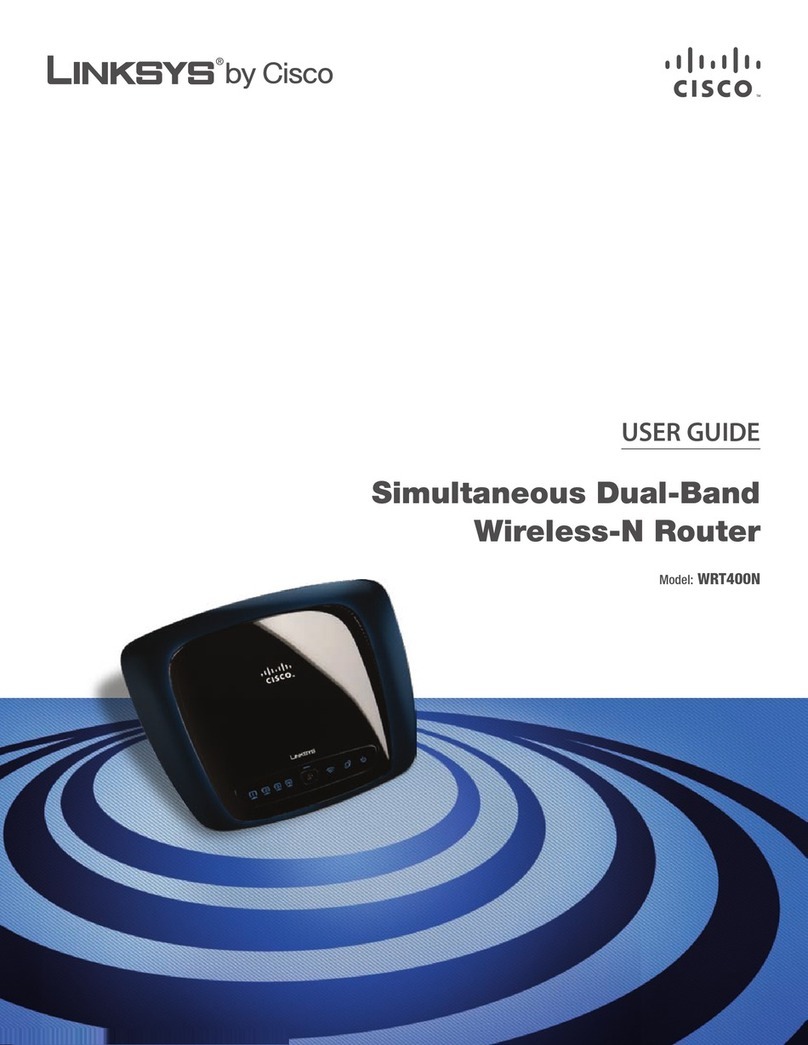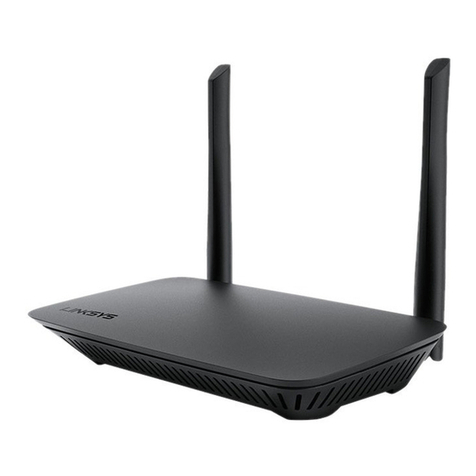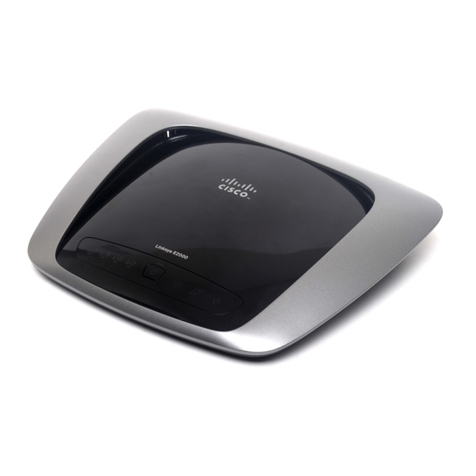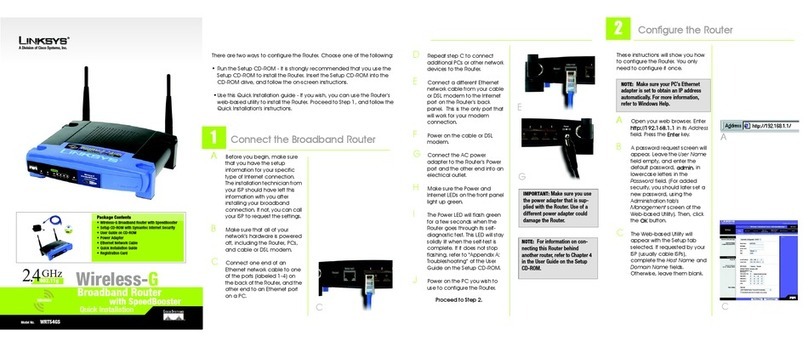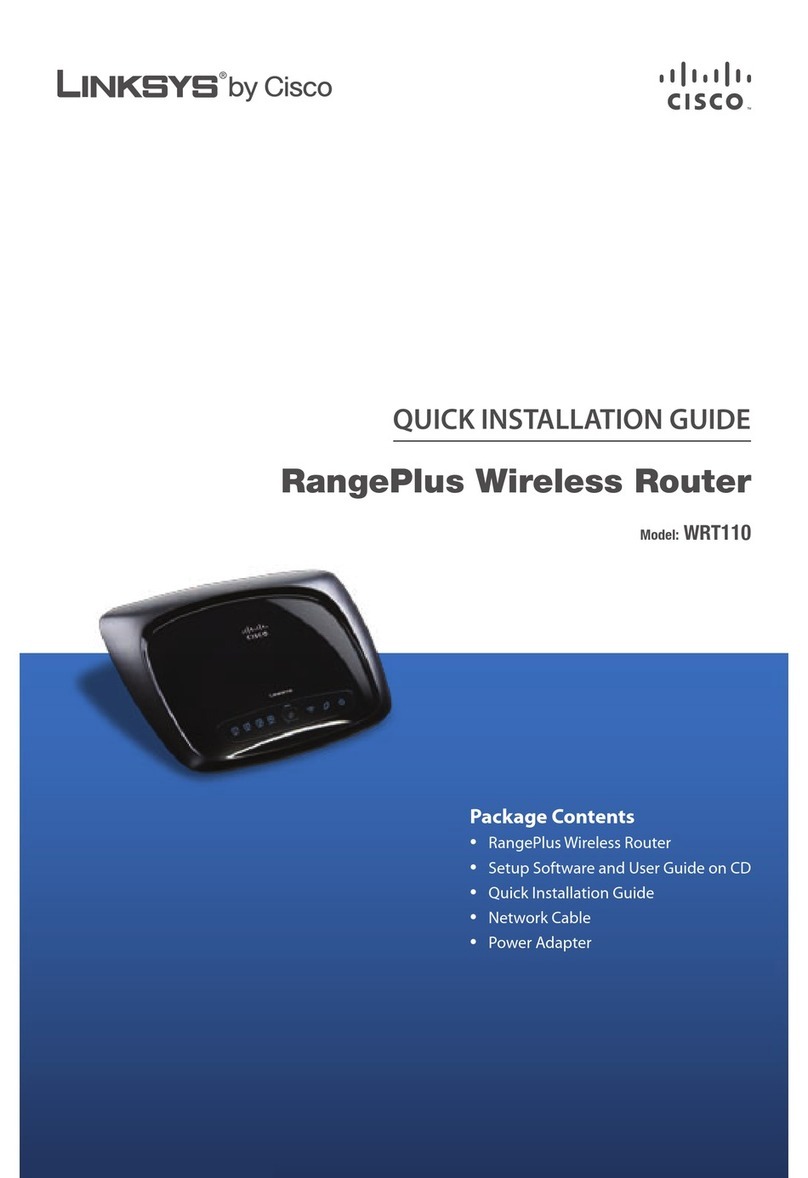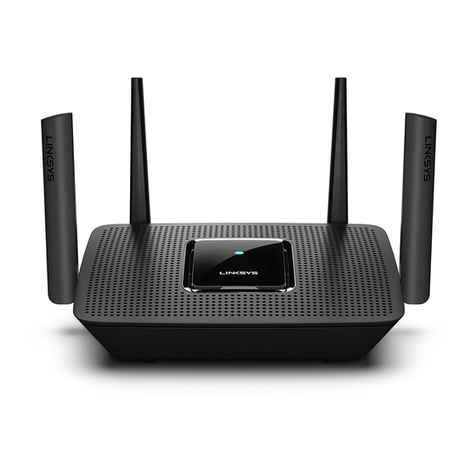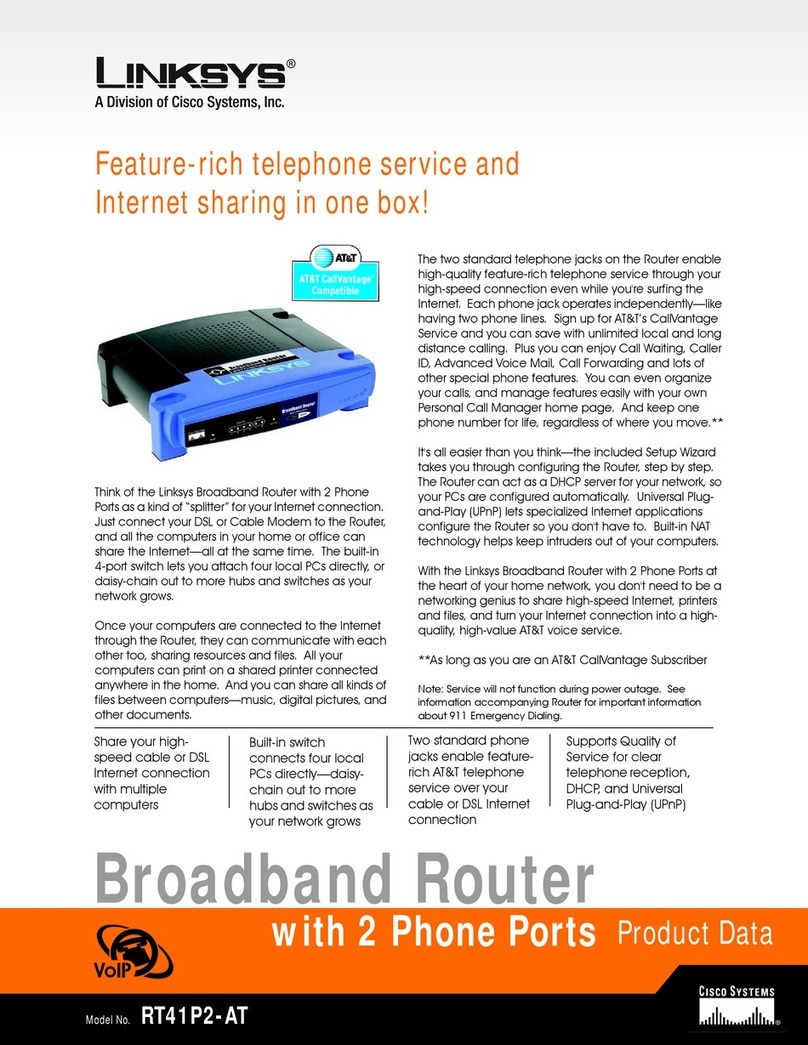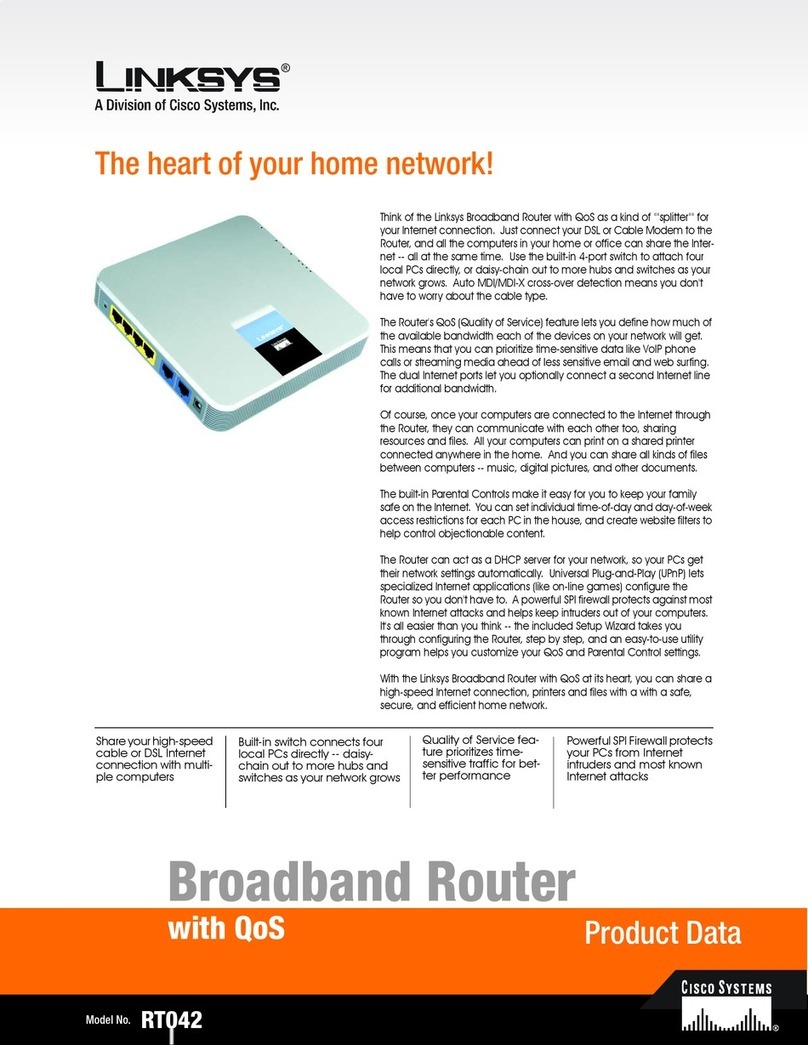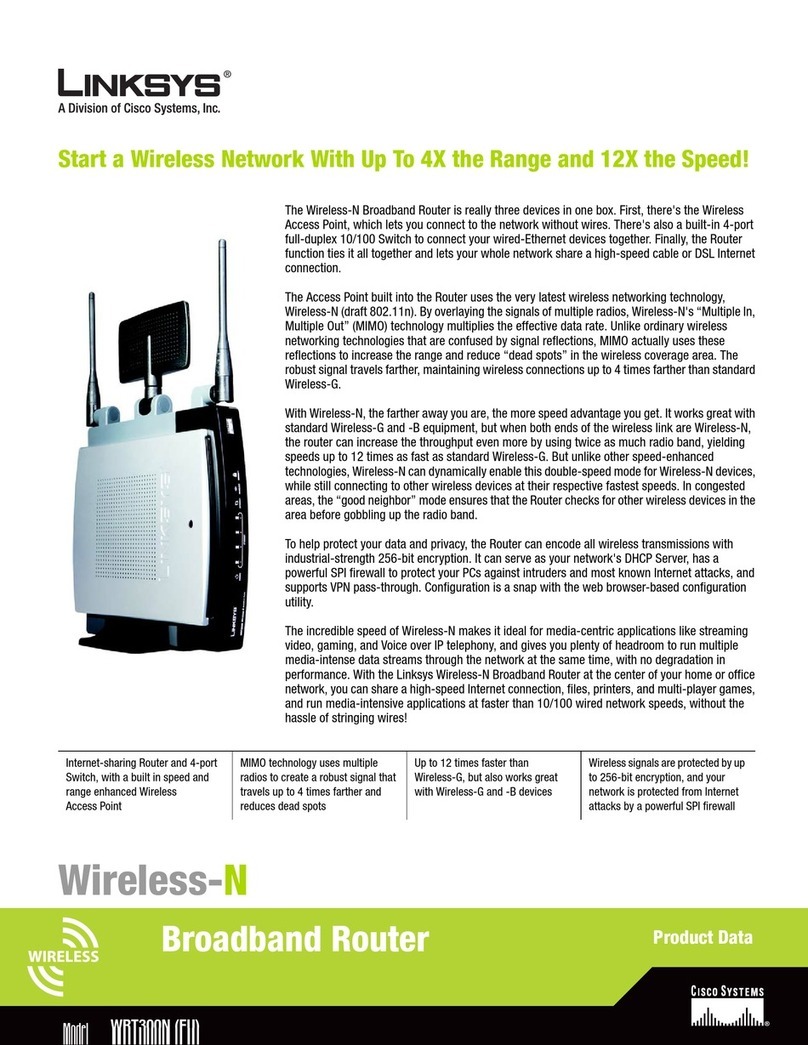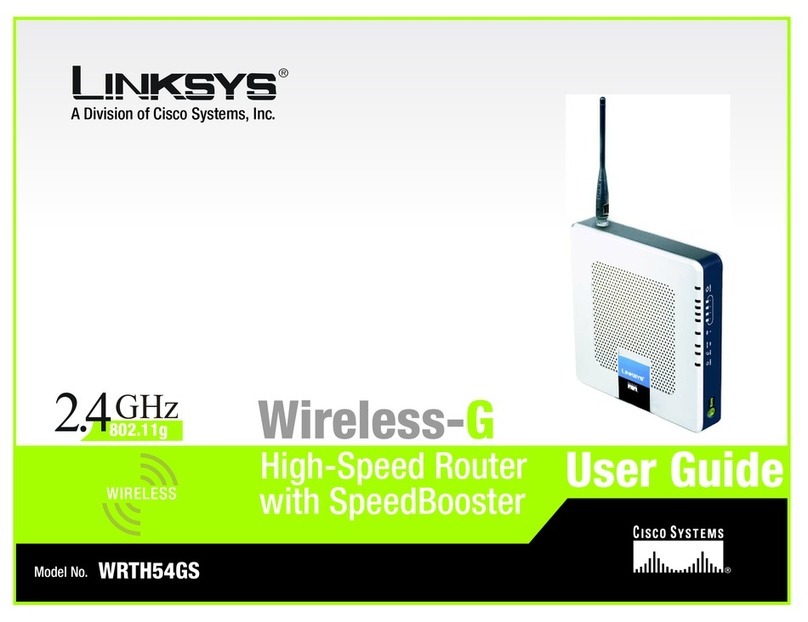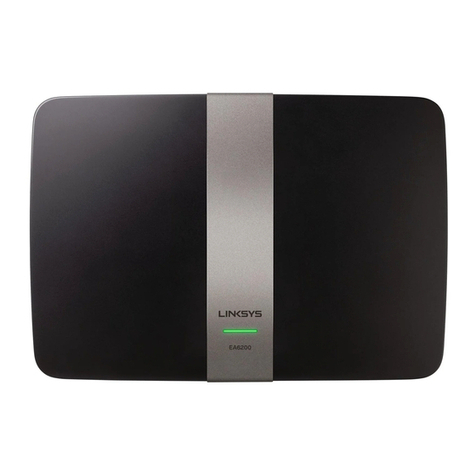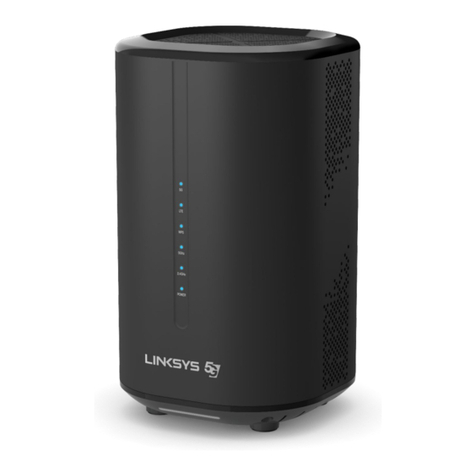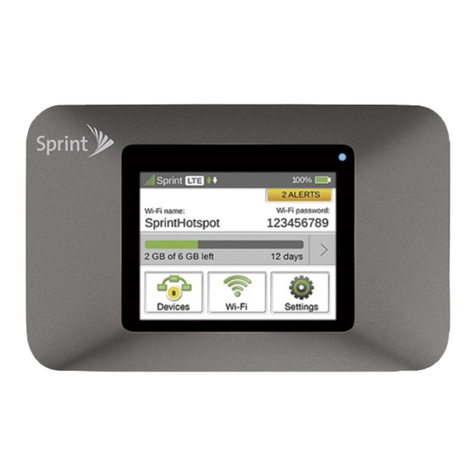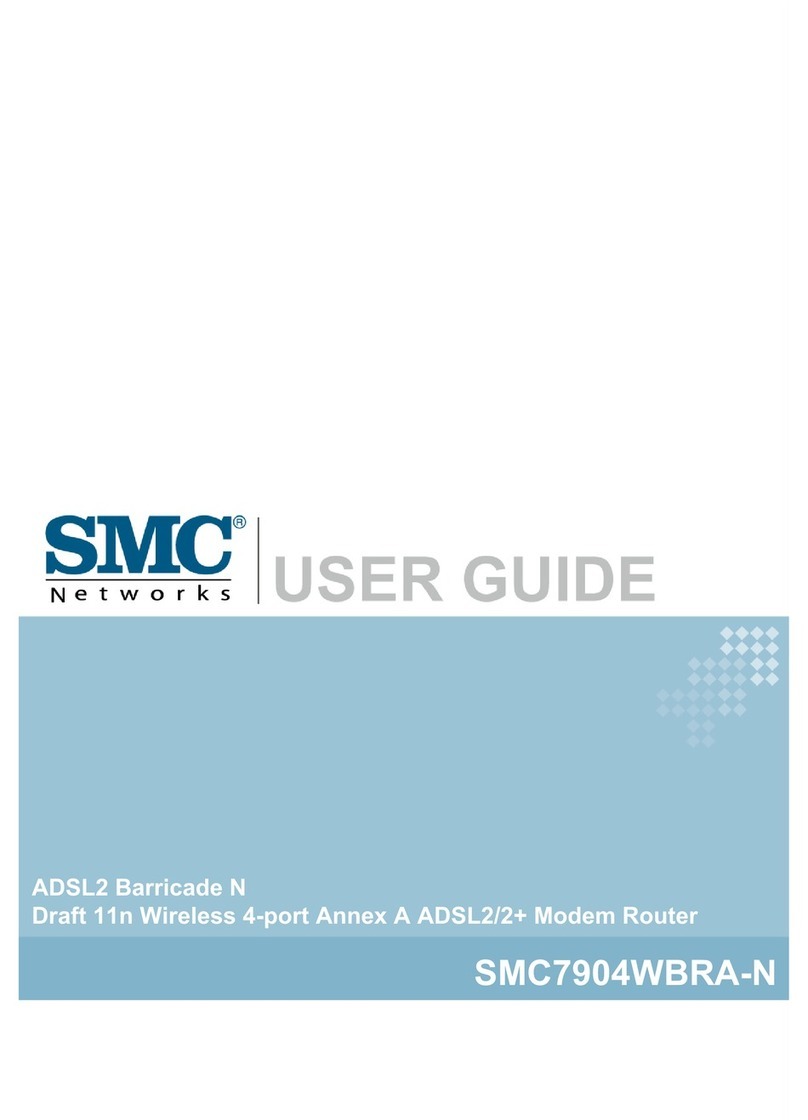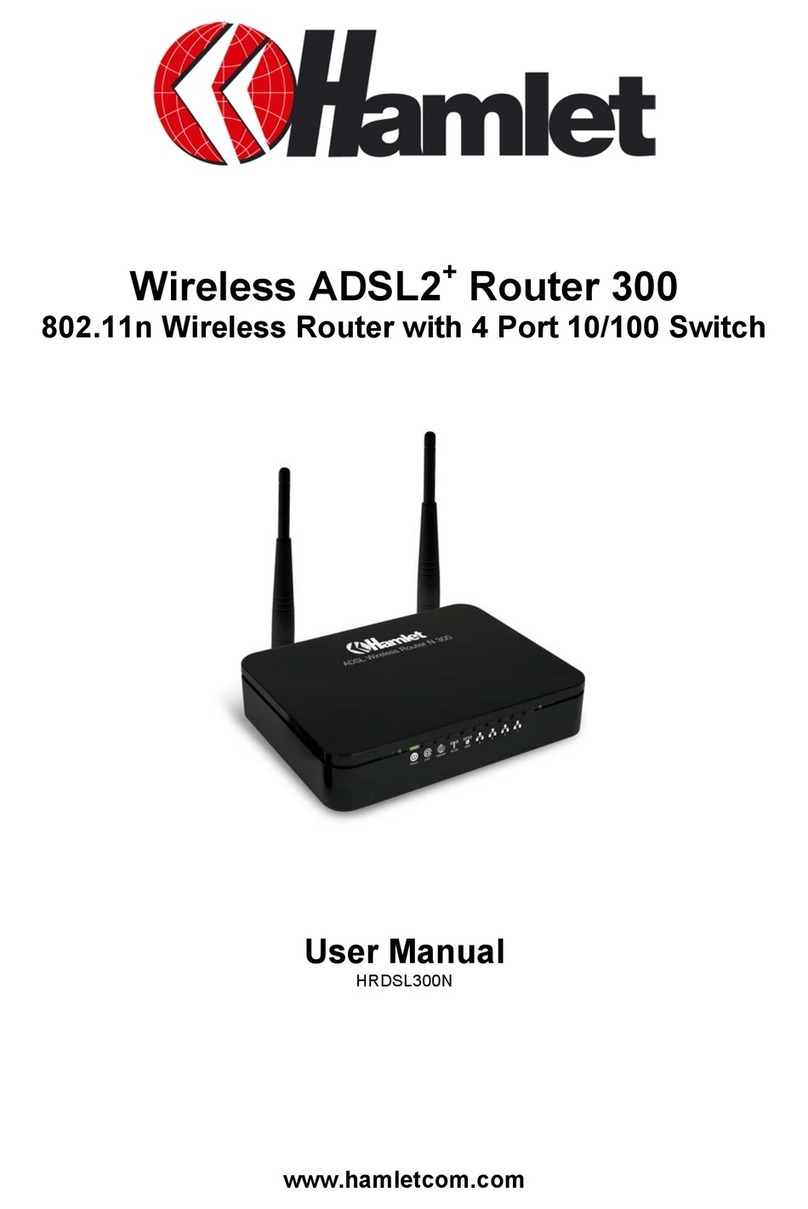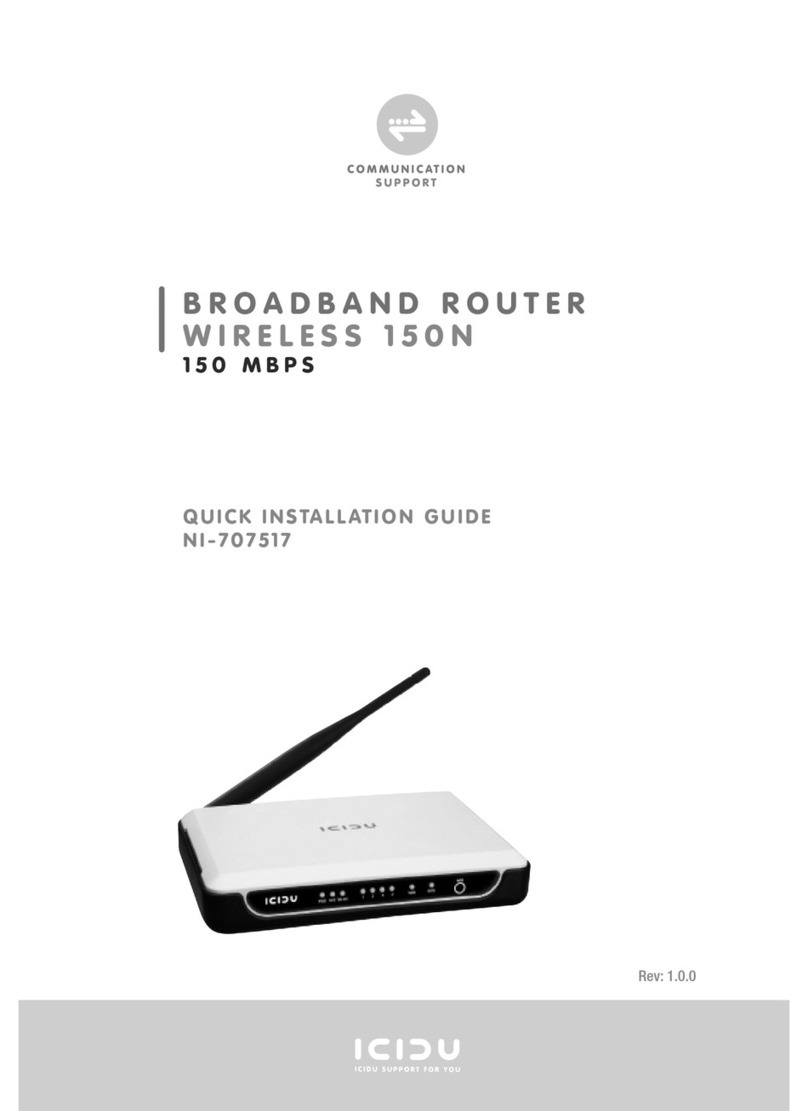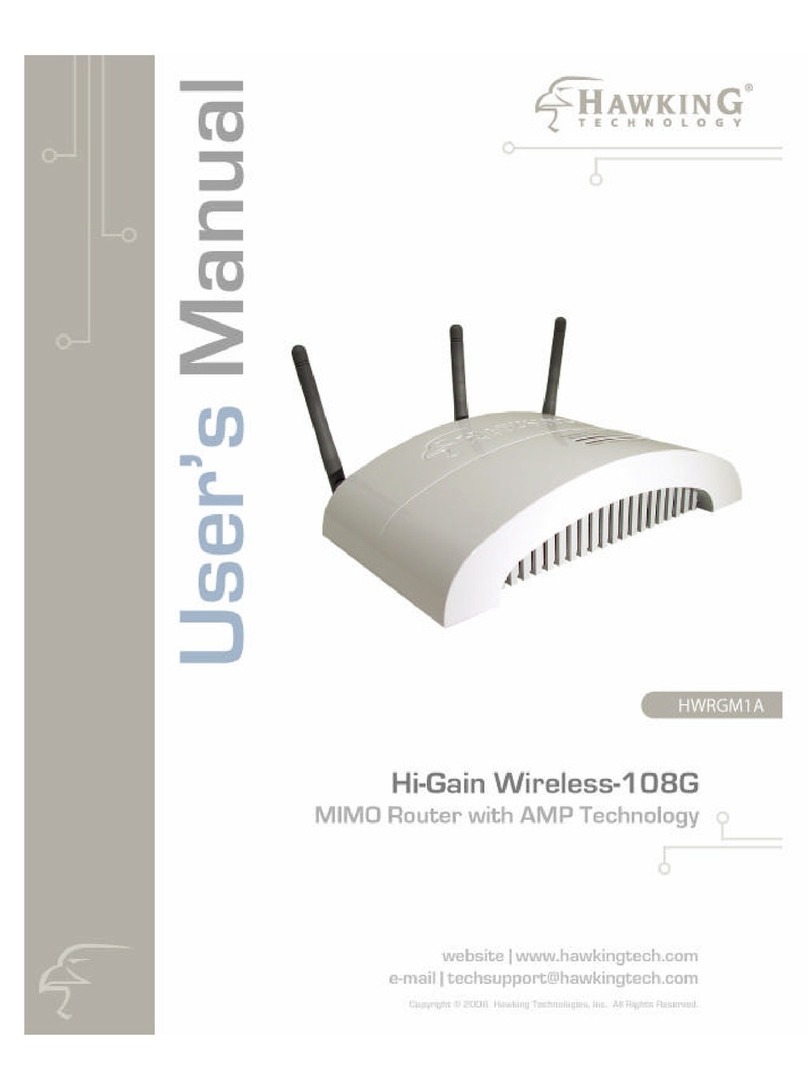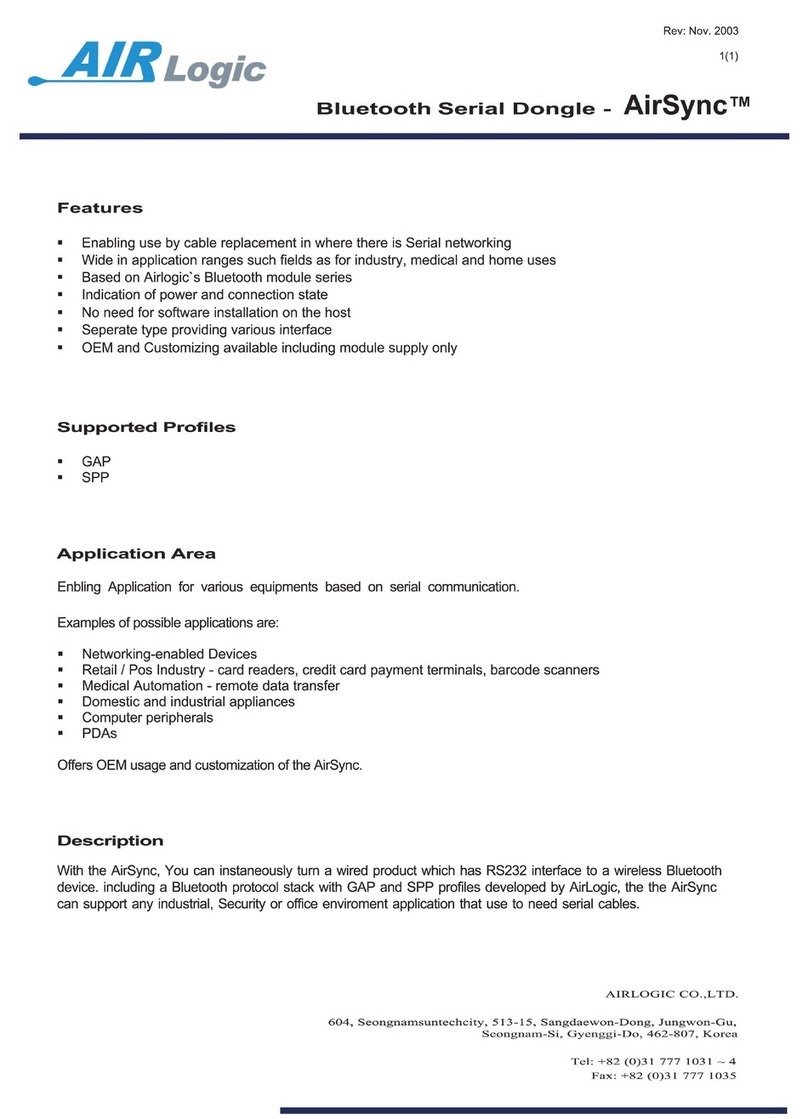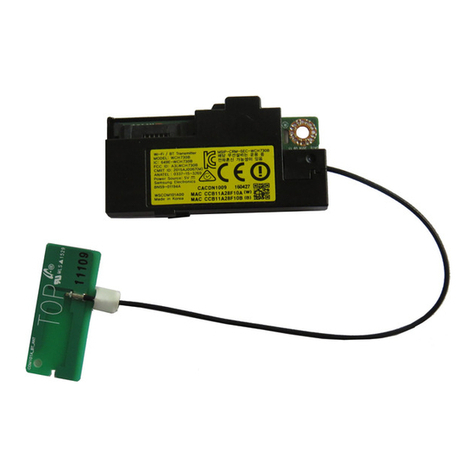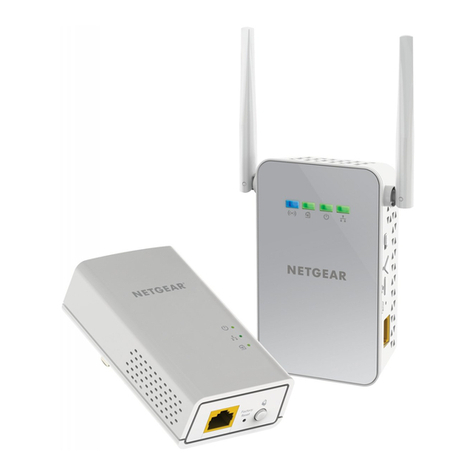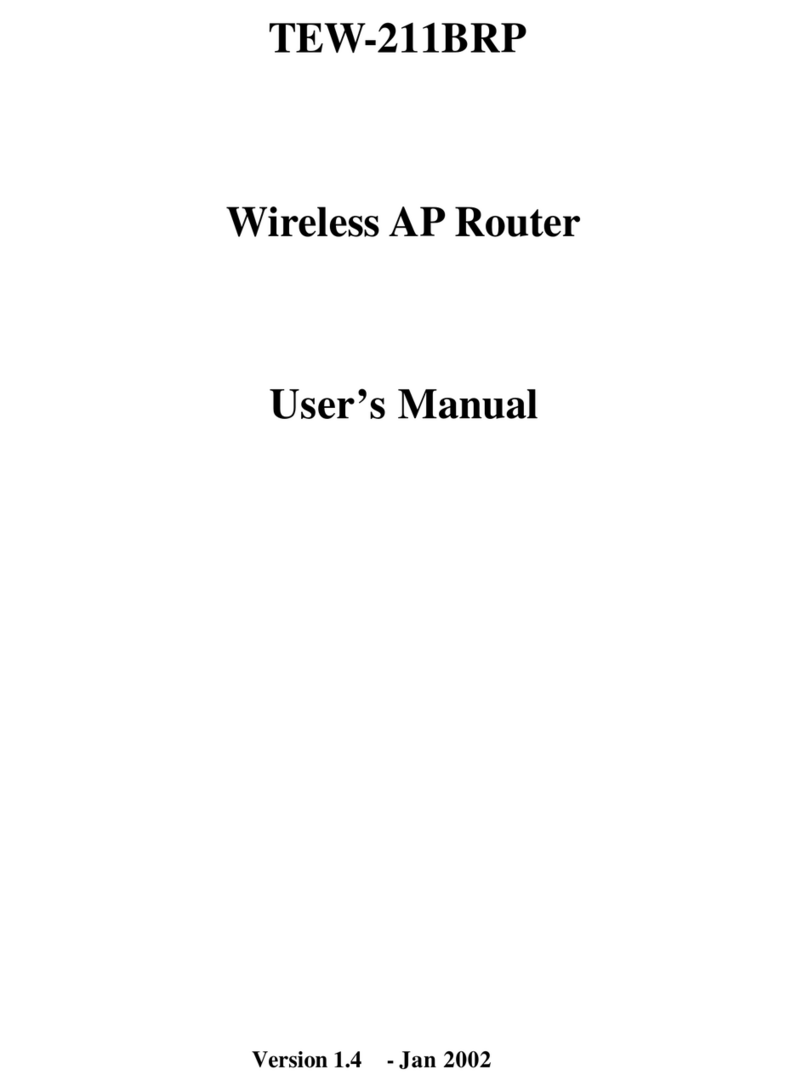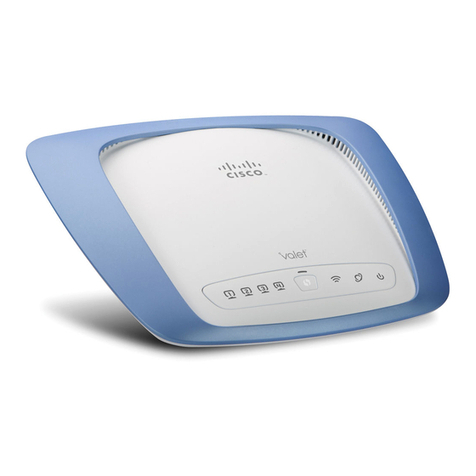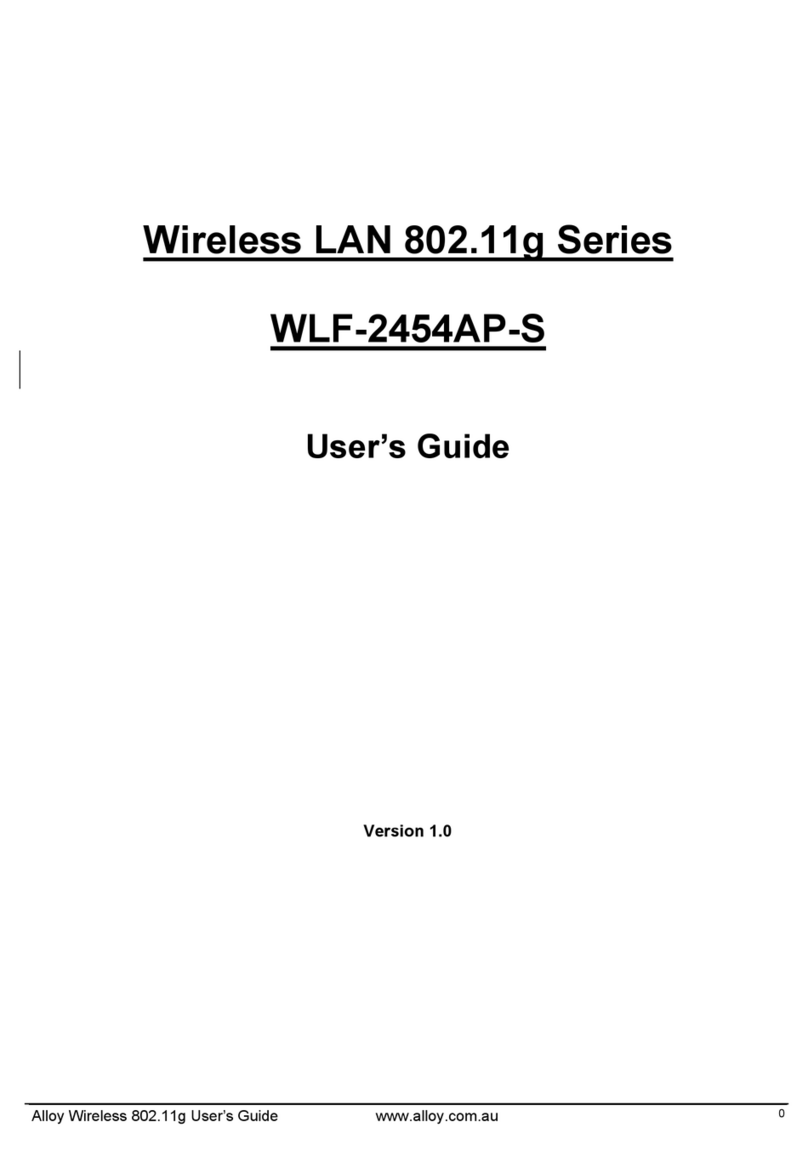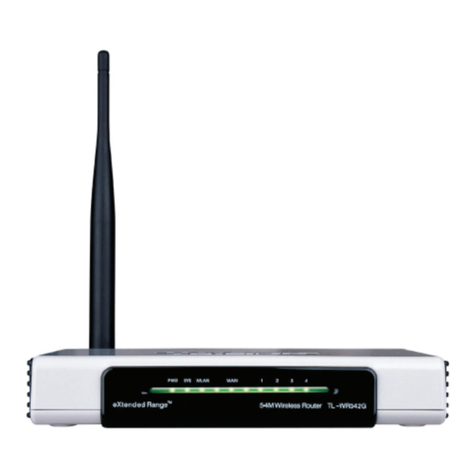If you are running
Windows 98SE, Windows Me,
or Windows 2000
AInsert the Wireless-G Network
Adapter Setup Wizard CD-ROM
into your CD-ROM drive. The
Setup Wizard should run
automatically, and the
Welcome screen should
appear. If it does not, click
Start and choose Run. In the
field that appears, enter
D:\setup.exe (if “D” is the letter
of your CD-ROM drive).
BClick the Install button.
CAfter reading the License
Agreement, click Next.
DThe next screen has you
choose a wireless mode. Click
Infrastructure Mode if you
want your wireless computers
to communicate using a
wireless access point. Click Ad-
Hoc Mode if you want multiple
wireless computers to network
directly with each other without
using a wireless access point.
In the SSID field, enter the SSID
of your wireless network. The
SSID must be identical for all
devices in the network. The
default setting is linksys (all
lowercase). Click Next.
change the default SSID linksys
to a unique name.
IWireless Channel. Select the
appropriate channel from the
list provided to correspond with
your network settings. All
devices in your wireless network
must broadcast on the same
channel in order to function
correctly.
JWireless SSID Broadcast. When
wireless clients survey the local
area for wireless networks to
associate with, they will detect
the SSID broadcast by the
Router. To broadcast the
Router's SSID, keep the default
setting, Enable. If you do not
want to broadcast the Router's
SSID, then select Disable.
KChange these settings as
described here and click the
Save Settings button to apply
your changes.
LPower your modem off and
back on again.
MRestart your computer.
NTest the setup by opening your
web browser and entering
http://www.linksys.com/
registration
. (Figure N)
The installation of the Wireless-G
Broadband Router is complete.
Install the Notebook Adapter
JWindows will begin copying the
driver files to your computer. If
Windows asks you for the
original Windows CD-ROM,
insert the CD-ROM, and direct
Windows to its proper location
(e.g., D:\).
The installation of the Adapter is
complete.
If you are running Windows XP
ALocate an available PCMCIA
slot on your notebook PC.
BInsert the Adapter with the
label side facing up, so the
Adapter fits snugly in the
PCMCIA slot.
CWindows XP will automatically
detect the Adapter. Insert the
Adapter Setup CD-ROM into
your CD-ROM drive. Select
Install the software
automatically
(Recommended). Then click
Next.
DWhen Windows has finished
installing the driver, click Finish.
EAfter installing the Adapter, the
Windows XP Wireless Zero
Configuration icon will appear
in your computer’s system tray.
EIf you chose Infrastructure
Mode, go to Step F now. If you
chose Ad-Hoc Mode, select a
Channel from the list pro-
vided. All computers on your
wireless network must use the
same channel in order to
communicate with each other.
If you are unsure about which
channel to use, select the
default channel (Channel 6).
Also, select the mode you are
using from the drop-down
menu: If you are using only
802.11g, select G-Only; if
you’re using 802.11b only,
select B-Only; if you’re using
both 802.11b and 802.11g,
keep the default Mixed.
FThe Setup Wizard will ask you to
review your settings before it
starts to copy files. Click Next to
keep your settings, or click
Back to change any settings.
GAfter the files have been
successfully copied, you will
see the Congratulations
screen. Click the Exit button.
HLocate an available PCMCIA
slot on your notebook PC.
IInsert the Adapter with the
label side facing up, so the
Adapter fits snugly in the
PCMCIA slot.
3
N
Right-click the icon and select
View Available Wireless
Networks.
FThe screen that appears will
show any available wireless
network. Select the network you
want.
If this network has WEP
encryption enabled, go to
Step G.
If this network does not have
WEP encryption enabled, then
the screen in Figure F will
appear. Make sure that Allow
me to connect to the
selected wireless network,
even though it is not secure is
checked. Then click Connect,
and go to Step H.
GIf WEP is enabled, the screen in
Figure G will appear. Enter the
WEP key of your wireless
network in the Network key
field, and re-enter it in the
Confirm network key field. Then
click Connect.
HThe screen in Figure H will
appear if your connection is
active.
IFor more information about
WEP, refer to the Router’s
documentation on the Router’s
Setup CD-ROM, or visit
www.linksys.com.
For more information about
wireless networking on a
Windows XP computer, enter
the keyword wireless in the
Windows XP search engine.
The installation of the Adapter is
complete.
WKPC54G-QI-40225NC JL
Linksys is a registered trademark or trademark of
Cisco Systems, Inc. and/or its affiliates in the U.S.
and certain other countries. Copyright © 2004
Cisco Systems, Inc. All rights reserved.
NOTE: Windows XP has a built-in
configuration tool. Use Windows
XP Wireless Zero Configuration
(in the system tray at the bottom
of your screen) to configure the
Adapter.
NOTE: Formoreadvanced settings
and security options, refer to the
User Guide on the Setup CD-ROM.
NOTE: Note: Steps F and G are the
instructions and screenshots for
Windows XP with Service Pack 1
installed. If you have not installed
Service Pack 1, select the networkyou
want, and click the Connect button. If
the network has WEP encryption
enabled, enter the WEP key in the
Network key field, and then click the
Connect button.
H
G
F
B
D
E
F
I
NOTE: For security, Linksys
recommends that you change the
default SSID to a unique name.
B
C
E
For additional information or troubleshooting
help, refer to the User Guide on the Setup CD-
ROM. You can also callor e-mail for further
support.
24-hour Technical Support
800-326-7114
(toll-free from US or Canada)
E-mail Support
Website
http://www.linksys.com or
http://support.linksys.com
RMA (Return Merchandise Authorization)
http://www.linksys.com/support
FTP Site
ftp://ftp.linksys.com
Sales Information
800-546-5797 (800-LINKSYS)
